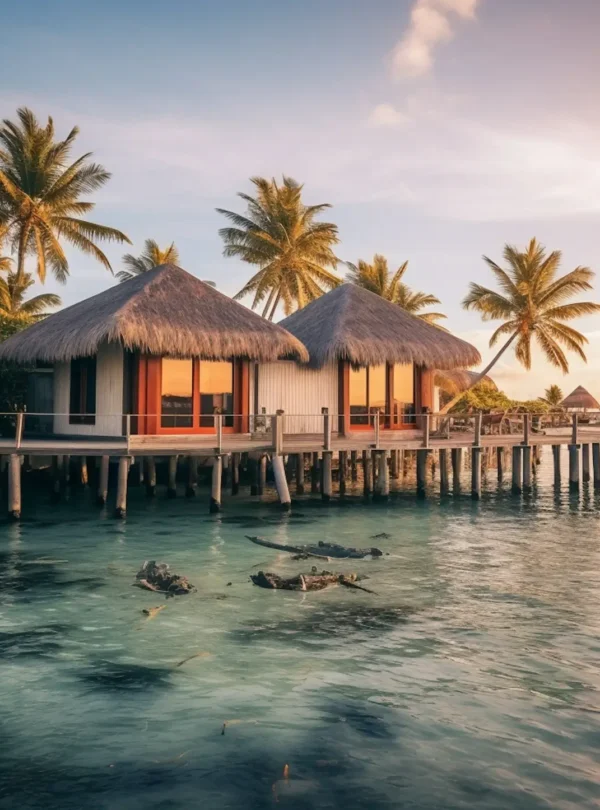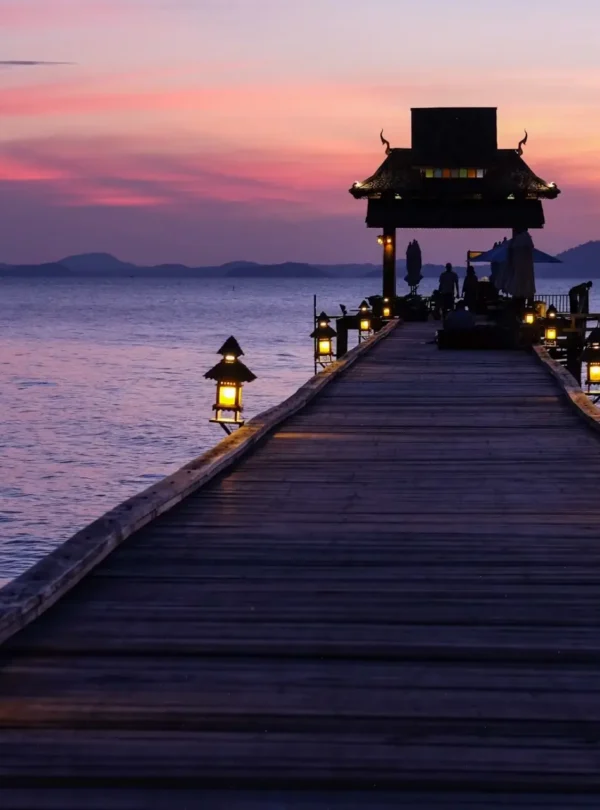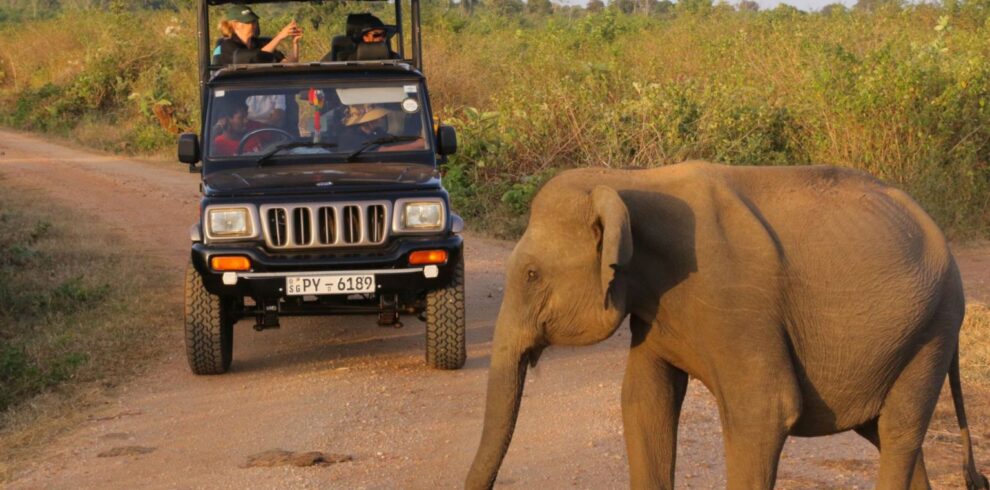-
Comfortable Vehicles
-
12
-
65
Advantages Of Air Balooning and Sky Diving
Dambulla, located in Sri Lanka, is known for its rich cultural heritage, with the famous Dambulla Cave Temple being a popular attraction. However, when it comes to activities like hot air ballooning and skydiving, these aren’t commonly associated with Dambulla itself.
Here’s a breakdown of the two activities:
1. Hot Air Ballooning in Dambulla
While not as widespread as in other parts of Sri Lanka like Sigiriya or Kandy, hot air ballooning is available in the area around Dambulla and Sigiriya. The experience offers stunning aerial views of the ancient city, lush landscapes, and the Sigiriya Rock Fortress, which is a UNESCO World Heritage site. A balloon ride gives you a unique perspective of the natural beauty of the region.
-
Popular Service Providers: Some companies in the nearby Sigiriya or Habarana area offer hot air balloon rides.
-
Best Time: Early morning or late afternoon, to avoid the heat and enjoy a beautiful sunrise or sunset.
2. Skydiving Near Dambulla
Skydiving is not typically offered directly in Dambulla. However, the nearest places to enjoy skydiving would be either Colombo or areas around the south, like the beachside town of Bentota, which is known for some skydiving experiences in Sri Lanka.
-
Providers: Companies like Skydive Sri Lanka operate in the country, offering tandem skydiving from planes over scenic beaches or inland locations. Most jumps are done near areas with scenic ocean views.
While Dambulla itself isn’t a major hub for these extreme sports, you can easily travel to nearby locations in Sri Lanka, such as Sigiriya, Kandy, or even Colombo, for hot air ballooning and skydiving experiences. If you’re interested, I can help you find some specific providers or details for these activities!
Cost
The Cost Includes
- Pick-up or Drop-off service from and to Airport(in our own vehicle)
- Transportation to and from!!
The Cost Excludes
FAQs
Annapurna Base Camp is a Grade B or a moderately difficult trekking route. So any fit person can do this trek, even if you do not have any previous experience. You should be aware of what to expect and mentally prepare for it. Then, as long as you will too, you can.
On average, you walk about 4 to 6 hours per day. One or two days can be as less as 3hrs and one or two days can be as long as 7hrs.
The highest altitude reached is 4190m. This is the elevation of Annapurna Base Camp. ABC is the highest we will climb in this trek.
Yes, you can charge batteries en route. Charger should be brought. There are hot shower facilities as well. You may have to pay a certain amount for both ($1-$2). Negotiate. Also, a hot water facility could be free at a lower elevation.
No. There are no ATMs on this trek route. You will have to draw enough cash in Pokhara or Kathmandu. There are a number of ATMs in these cities. Everything is paid in Nepali rupees. So money should be exchanged before the start of the trek.
Yes. The Internet can be accessed in most places. Sometimes, there might be some technical problems. The Internet in Nepal is not as fast as you are used to and at times you can just lose connection.
Not really. It depends on you. If you want, ABC trekking can be done independently. You could hire a guide and a porter by yourself instead of going through an agency or not hire a guide at all. Although, not having a guide can be a little problematic during the offseason.
It really depends on you. Is it your first time in Nepal? How confident are you of being able to find your way around? How pressed on time are you? If you go through an agency, it will be costlier but everything will be planned. You will only have to come, trek and return.
For the Annapurna region, pay for guides range from $20 to $30 per day and porters take $15 to $25 per day.






